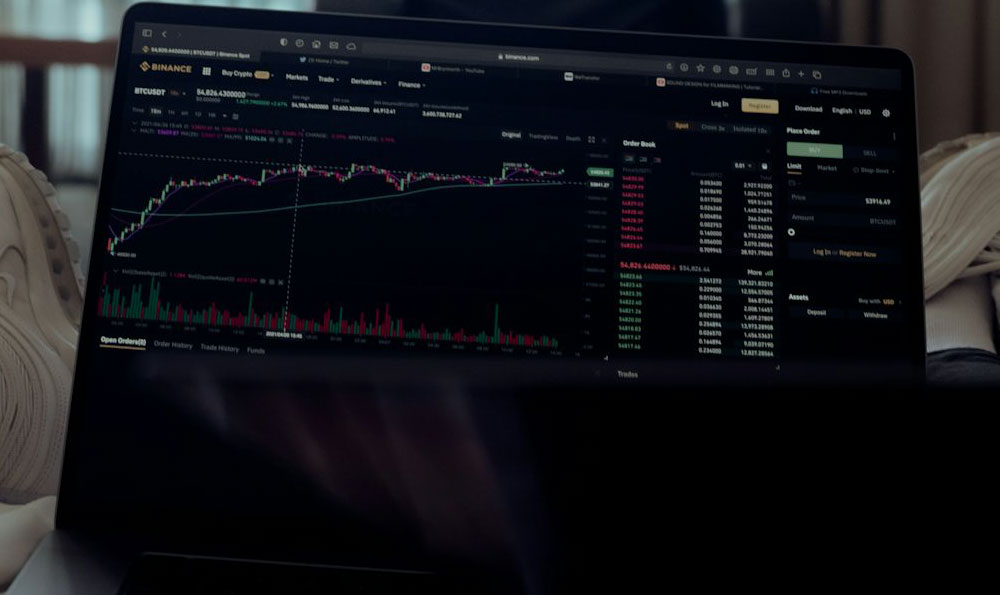
Illuvium, a blockchain-based, open-world fantasy battle game built on the Ethereum network, has garnered significant attention from both gamers and investors. Its blend of decentralized finance (DeFi) and non-fungible tokens (NFTs) within a compelling gaming ecosystem presents unique investment opportunities, but also considerable risks. Navigating the Illuvium investment landscape requires a thorough understanding of its underlying mechanisms, tokenomics, and the broader crypto market dynamics. For those considering venturing into this space, careful research and a measured approach are crucial.
One must first understand the fundamental elements of the Illuvium ecosystem. At its core are two primary tokens: ILV and sILV. ILV is the governance token, granting holders the right to vote on proposals that shape the future development of the game. It also serves as a yield-bearing asset when staked within the Illuvium ecosystem. sILV, on the other hand, is an in-game currency earned through staking ILV. It can be used to purchase various items within the game, but importantly, it cannot be withdrawn and is thus only useful inside the Illuvium universe.
The primary investment avenue within Illuvium involves acquiring and staking ILV tokens. Staking ILV allows holders to earn rewards, distributed weekly, in either ILV or sILV. Choosing to receive rewards in sILV allows for a slightly higher yield, but comes with the caveat of limited utility outside the game. The decision to stake and the choice of reward token should be based on individual investment goals and risk tolerance. If the intent is purely financial gain with external flexibility, ILV rewards might be preferable. If the investor is an avid player with a desire to deeply engage with the game, sILV rewards could offer more immediate value.

Delving deeper, the mechanism by which ILV is distributed to stakers relies on the game's revenue. A significant portion of the revenue generated from in-game purchases, such as land sales, cosmetic items, and tournament entry fees, is used to buy back ILV from the open market, which is then redistributed to stakers. This buyback mechanism theoretically provides upward pressure on the ILV price and incentivizes holding the token long-term. However, this model is contingent on the sustained popularity and economic viability of the Illuvium game itself.
Beyond staking ILV, another potential investment lies in acquiring Illuvitars, which are NFT avatars that can be customized and used within the Illuvium ecosystem. These NFTs are often sold in limited-edition packs and their value is driven by scarcity, aesthetic appeal, and their potential utility within the game. Certain Illuvitars may possess special abilities or attributes that give players an advantage, further increasing their demand and value. The NFT market, however, is inherently volatile and subject to trends. Investing in Illuvitars requires careful research into the specific attributes of each NFT and an understanding of the broader collector market dynamics. One must also consider the gas fees associated with transacting on the Ethereum network, which can significantly impact the profitability of buying and selling NFTs.
Land plots within Illuvium are also a significant investment area. Landowners can develop their plots to generate resources, which can then be sold or used to craft items. Like Illuvitars, land plots are NFTs, and their value is determined by factors such as location, resource potential, and the overall demand within the Illuvium ecosystem. Land ownership is a more complex and capital-intensive investment than staking ILV or acquiring Illuvitars, requiring a deeper understanding of the game's economy and resource management.
It is important to acknowledge the risks associated with investing in Illuvium. Being a relatively new project, Illuvium is subject to the same risks as any early-stage blockchain game, including development delays, technical glitches, and fluctuating player interest. The price of ILV is highly correlated with the overall performance of the cryptocurrency market, and significant market downturns could negatively impact its value. The long-term success of Illuvium hinges on its ability to attract and retain a large and engaged player base, as well as its capacity to adapt to the evolving landscape of blockchain gaming.
Before committing any capital, potential investors should conduct their own due diligence and consider the following: First, thoroughly research the Illuvium whitepaper and understand the game's mechanics, tokenomics, and roadmap. Second, assess your own risk tolerance and investment goals. Are you looking for short-term gains or long-term growth? Are you comfortable with the volatility of the cryptocurrency market? Third, diversify your portfolio and avoid putting all your eggs in one basket. Illuvium should only be a small part of a broader investment strategy. Fourth, stay informed about the latest developments in the Illuvium ecosystem and the broader cryptocurrency market. Follow reputable news sources and engage with the Illuvium community to stay up-to-date.
In conclusion, Illuvium presents intriguing investment opportunities within the burgeoning intersection of blockchain gaming and DeFi. However, as with any investment, it is crucial to approach it with caution and a clear understanding of the risks involved. By conducting thorough research, assessing your own risk tolerance, and diversifying your portfolio, you can increase your chances of success in the Illuvium investment landscape. Remember that responsible investing always starts with education and informed decision-making. The allure of high returns should never overshadow the importance of careful analysis and risk management.





